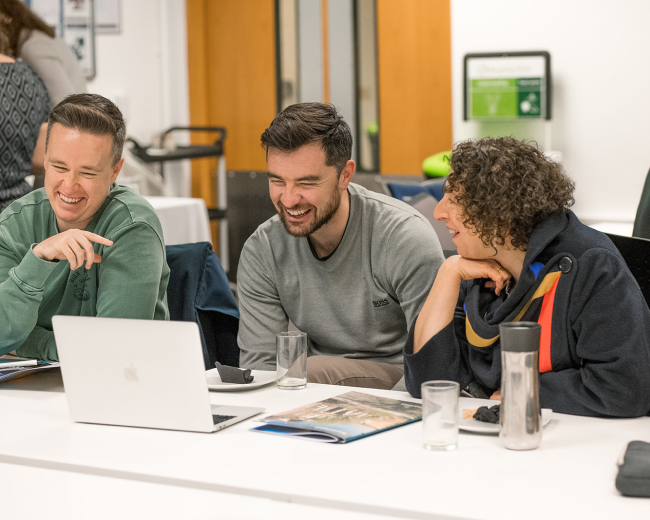Summary
Neighbouring Data draws together and amplifies place-based data on pride, culture, heritage, health and wellbeing. Data was collected from preceding projects including Towns and the Cultural Economies of Recovery and Feeling Towns. This work offers insight into the kinds of qualitative data that local authorities and communities need to inform their place-based decision making. We sought to understand how qualitative and quantitative data can be generated, connected and visualised. Our findings shaped local authority practice and policies, and the project is in dialogue with Southampton’s 2025 City of Culture bid.
Policy Impact
Neighbouring Data delivered four key policy outputs:
- We published a series of reports that explored ways of 1) opening, 2) understanding, and 3) transforming the data observatory.
- We produced a think piece for the Local Government Association (LGA) on the role of lived experience in addressing data silos.
- We co-designed an experimental model for using qualitative data in decision making called the Neighbourhood Insight Engine.
- We published a peer-reviewed journal article in Policy Studies, “Towards a qualitative data observatory: generation, connection, use”.
Place Work
We provided creative practitioners and data scientists with a resource pack of qualitative data comprising narratives, images, poems, photos, sculptures, videos and maps. In a workshop, we asked them to interrogate, reimagine and transform the qualitative data in ways that could be shared. The outputs included:
- an interactive 3D Minecraft map visualising data about a town that enables users to intervene in their streetscape by adding or demolishing buildings
- an audio-visual piece illustrating different visions of a town’s future that uses coloured text and field recordings based on community responses
- five satirical online newspaper articles that respond to a fictional government initiative for twinning together towns in the UK
- a roadmap for data observatories that considers their infrastructure, stakeholders, ethics, sustainability and social impact
- an explorable website, the Neighbourhood Insight Engine, whose game-like interface is designed to prompt user curiosity about place-based data
